FOBIF has written to the Mount Alexander Shire asking for a meeting to discuss the Council’s plans on roadside vegetation [see our Post]
Our concerns relate to work in progress maps we have seen which seem to completely overlook some ecologically important roads in the shire.
The relevant parts of the letter follow:
‘We understand that Council is preparing a planning scheme amendment to insert a Vegetation Protection Overlay (VPO) on some roadsides into the planning scheme. We congratulate the Council on this project which aims to protect some of the Shire’s valuable flora.
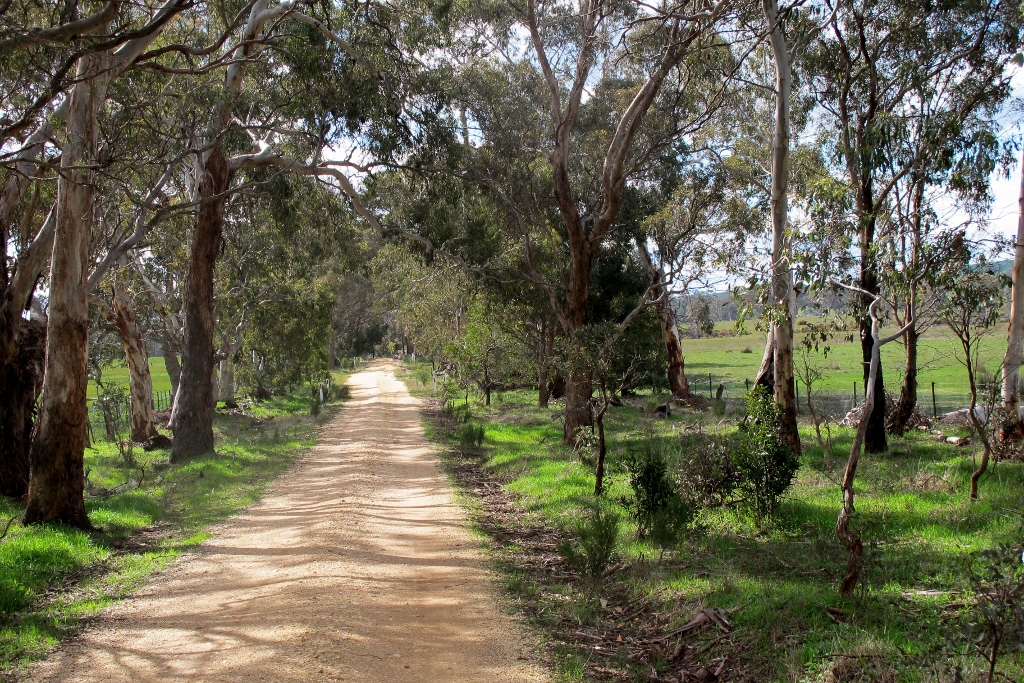
Faraday road: road reserves ‘support a significant proportion of native vegetation in Victoria’s fragmented landscapes. [They] make a major contribution to ecological connectivity and in some landscapes provide key habitat for many species.’
‘However we are deeply concerned that the VPO mapping we have seen excludes many Shire roadsides with valuable flora, including Victorian-classified threatened species and locally rare species.
‘We have some questions about how the VPO has been planned, and the criteria for selecting roads, and so are requesting a meeting with the relevant Council staff to help us understand the methods used and to help get the best outcome for the project. We think it would be useful to seek more input from other local environment groups, some of which have expert local knowledge of roadside flora.
‘From our previous experience with planning scheme amendments, we think it is vital to be able to have meaningful input before the amendment is exhibited, as once exhibited, any changes normally have to be re-exhibited.’
Of course, production of documents is one thing: they are only useful, however, if the material in them is persuasively presented to the public, and if council is prepared to follow up by paying close attention to what is actually happening on the roadsides. This is no easy task, of course.
This exercise is no trivial matter. Roadsides really do matter. As the Victorian Environment Assessment Council puts it: road reserves ‘support a significant proportion of native vegetation in Victoria’s fragmented landscapes. These linear reserves make a major contribution to ecological connectivity and in some landscapes provide key habitat for many species.’


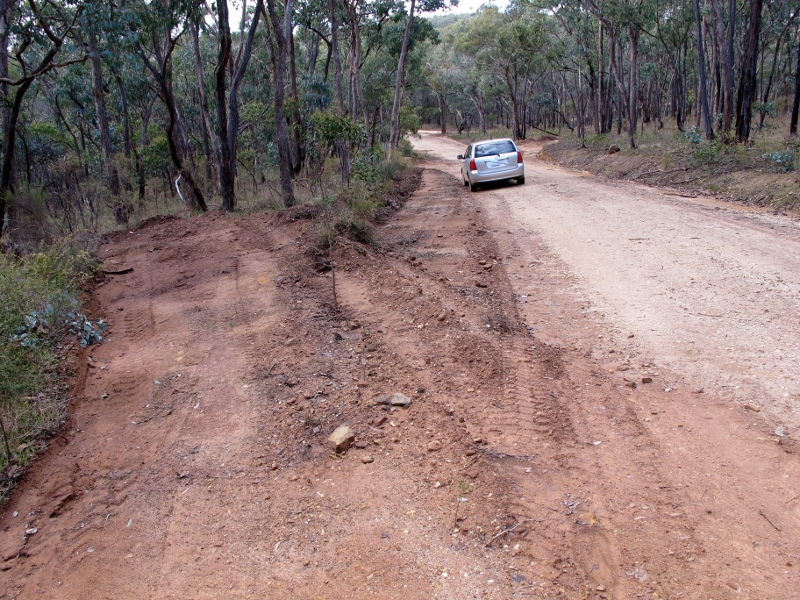
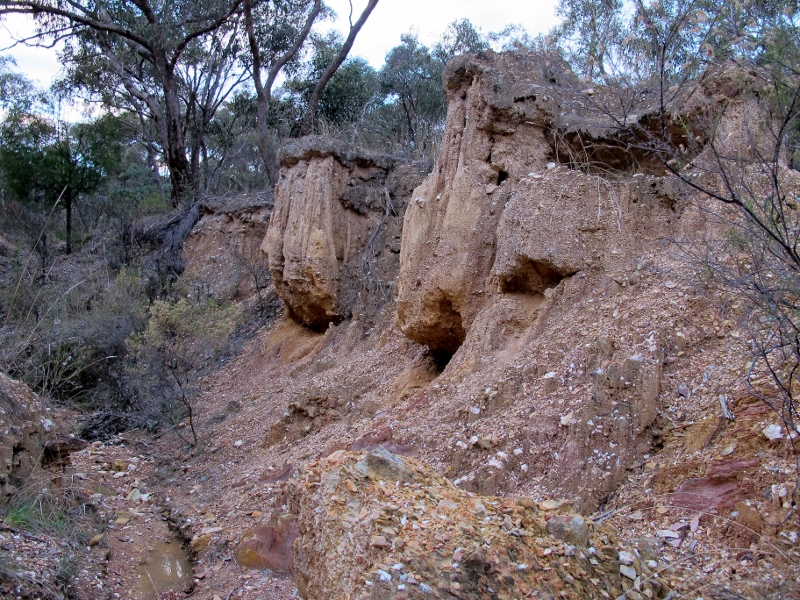
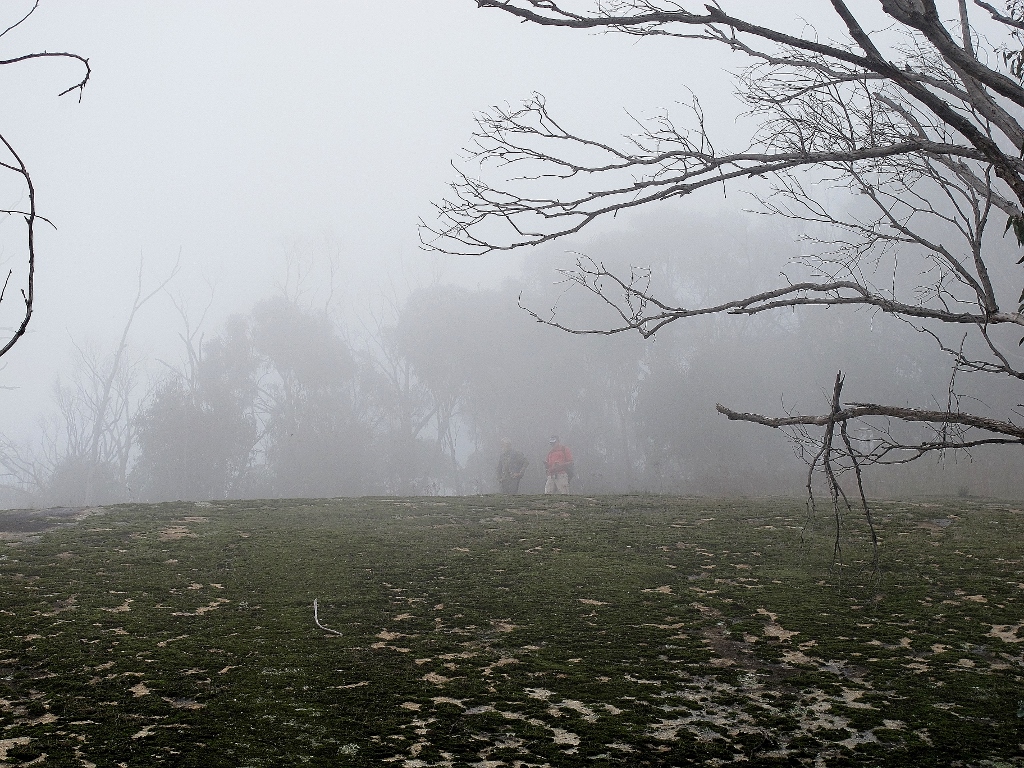

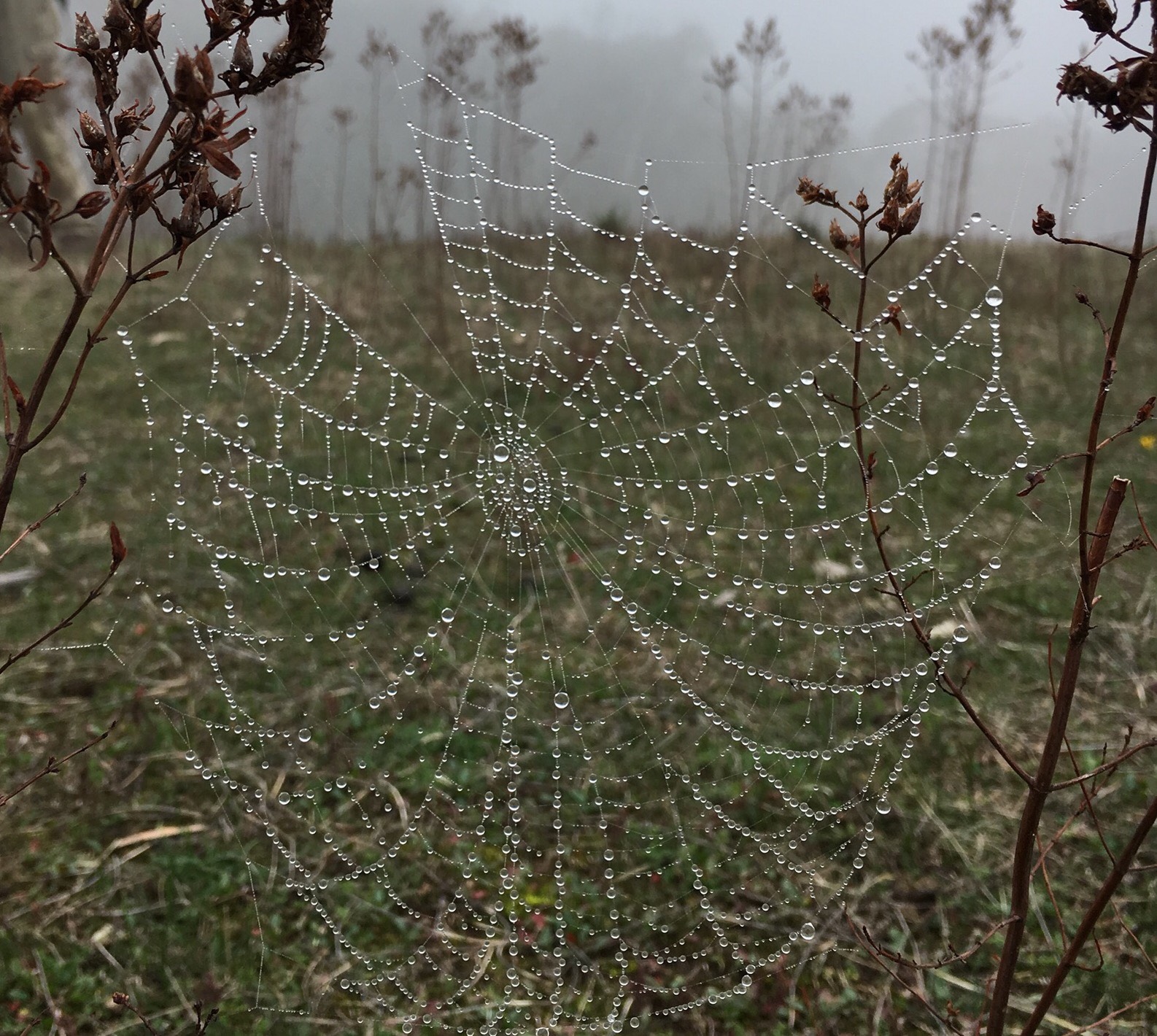
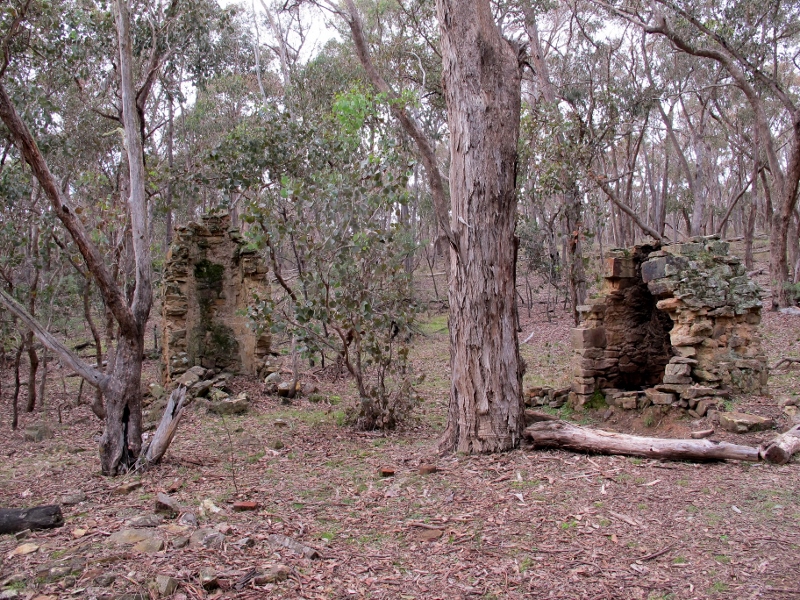
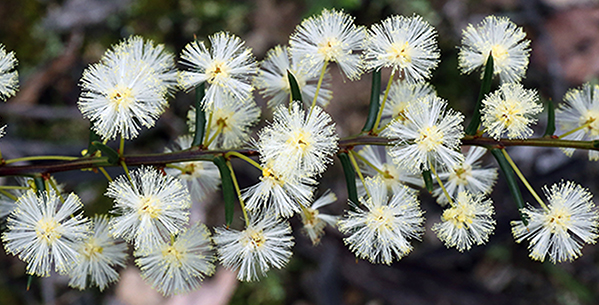
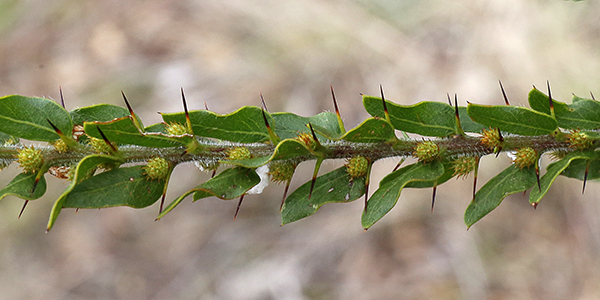

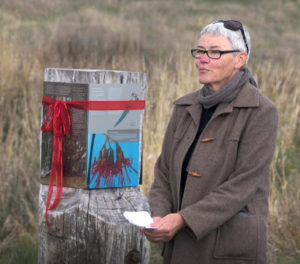
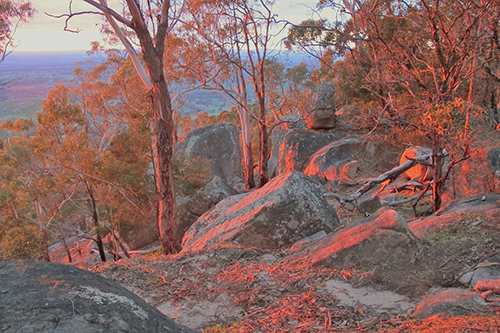
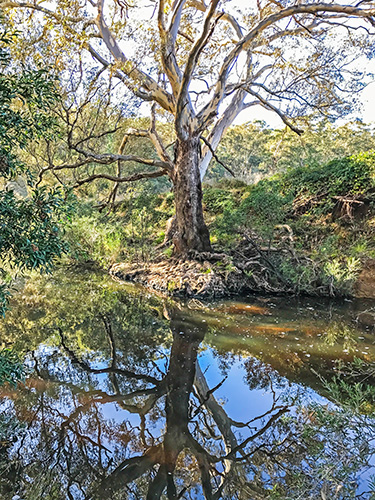
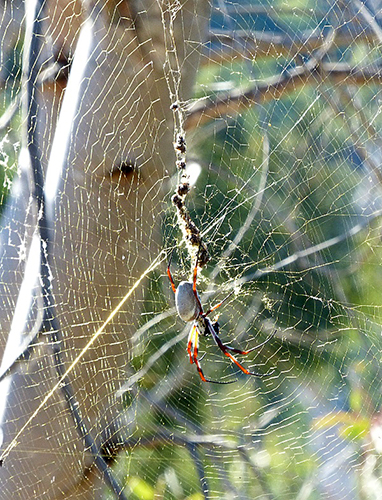
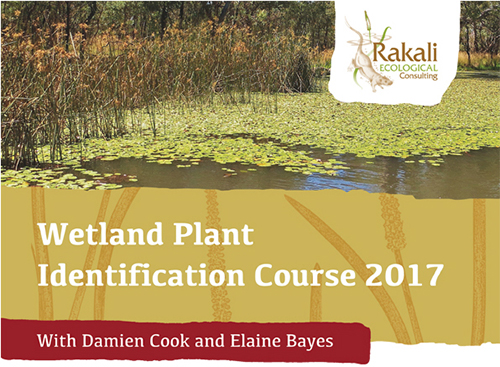



 Click on image for info/order page
Click on image for info/order page Click on image for info/order page
Click on image for info/order page Click on image for info/order page
Click on image for info/order page




















